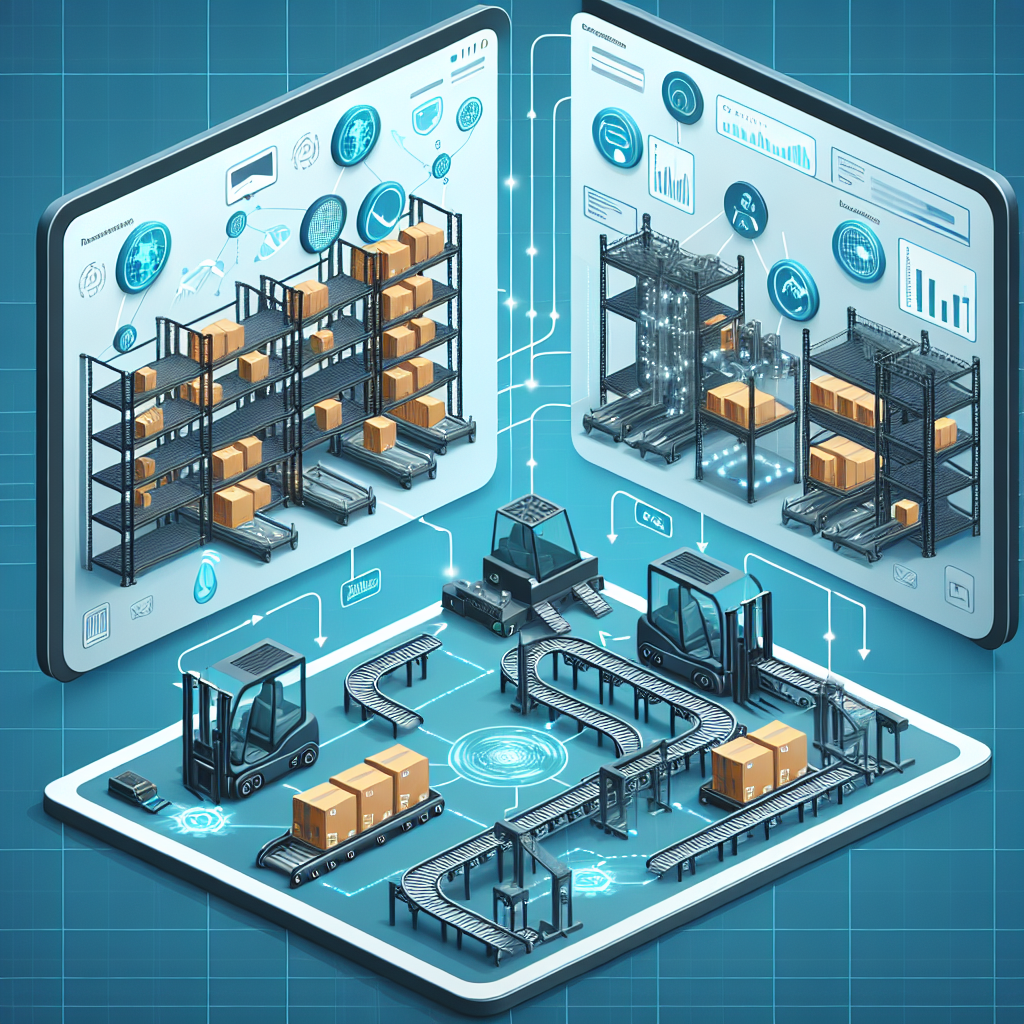The evolving landscape of supply chain management has ushered in the growing adoption of digital twins, which are set to revolutionize the notion of integration and data visibility within the industry. As enterprises increasingly turn towards advanced technological solutions, digital twins have emerged as a pivotal tool in fostering comprehensive data analysis and enhanced system integration.
A digital twin is a virtual representation of a physical system, process, or product that helps organizations streamline their operations through real-time monitoring and simulations. In supply chain management, this innovative approach acts as a mirror, providing a dynamic view that enables managers to anticipate issues and optimize performance effectively. The technology leverages real-time data and sophisticated algorithms to create a synchronized twin, reflecting the real-world counterpart's characteristics and dynamics.
One of the notable benefits of digital twins in supply chain integration is improved decision-making. By enabling seamless data flow across different departments and systems, digital twins facilitate the identification of bottlenecks and discrepancies. For example, a report published by one of the top accounting firms illustrates a case where a global logistics provider utilized digital twins to optimize its routing and scheduling. By leveraging these virtual models, the company achieved reduced delivery times and increased operational efficiency.
Additionally, digital twins enhance predictive maintenance and inventory management. Supply chains often suffer from disruptions due to unexpected equipment failures or stock shortages. By using digital twins, businesses can simulate various scenarios and predict potential breakdowns, ensuring preventive maintenance and efficient restocking. These insights drive significant cost savings and help maintain a competitive edge.
Recent trends indicate accelerated adoption of digital twins as businesses aim to achieve higher resilience in their supply chains. A recent poll conducted by a leading trade association shows a 30% increase in digital twin investments over the last fiscal quarter. The growing shift is a testament to the value organizations place on data-driven integration strategies.
As this technology continues evolving, companies recognize the importance of investing in the necessary tools and expertise to harness digital twins' full potential. The successful implementation requires a solid foundation of integrated IT systems, data analytics capabilities, and cross-departmental collaboration. To build a future-proof supply chain, decision-makers are prioritizing digital twin technology as part of their core strategic initiatives.
In the coming years, we expect digital twins to become inseparable from the concept of advanced supply chain integration, aiding organizations in realizing unprecedented visibility, efficiency, and resilience. For businesses seeking to thrive amid ever-evolving dynamics, embracing digital twin technology might no longer be an option but a necessity.
Estimated reading time: 2 minutes, 12 seconds
The Rise of Digital Twins in Supply Chain Integration: Transforming Data Visibility Featured
 Explore how digital twins are transforming supply chain integration by enhancing data visibility and decision-making. Discover the latest trends and business advantages.
Explore how digital twins are transforming supply chain integration by enhancing data visibility and decision-making. Discover the latest trends and business advantages.
Latest from SupplyChain Tech News
Most Read
-

-
Feb 17 2012
-
Written by Scott Koegler
-
-

-
Jul 18 2017
-
Written by Super User
-
-

-
Feb 13 2019
-
Written by Scott Koegler
-
-

-
Feb 13 2013
-
Written by Scott Koegler
-


